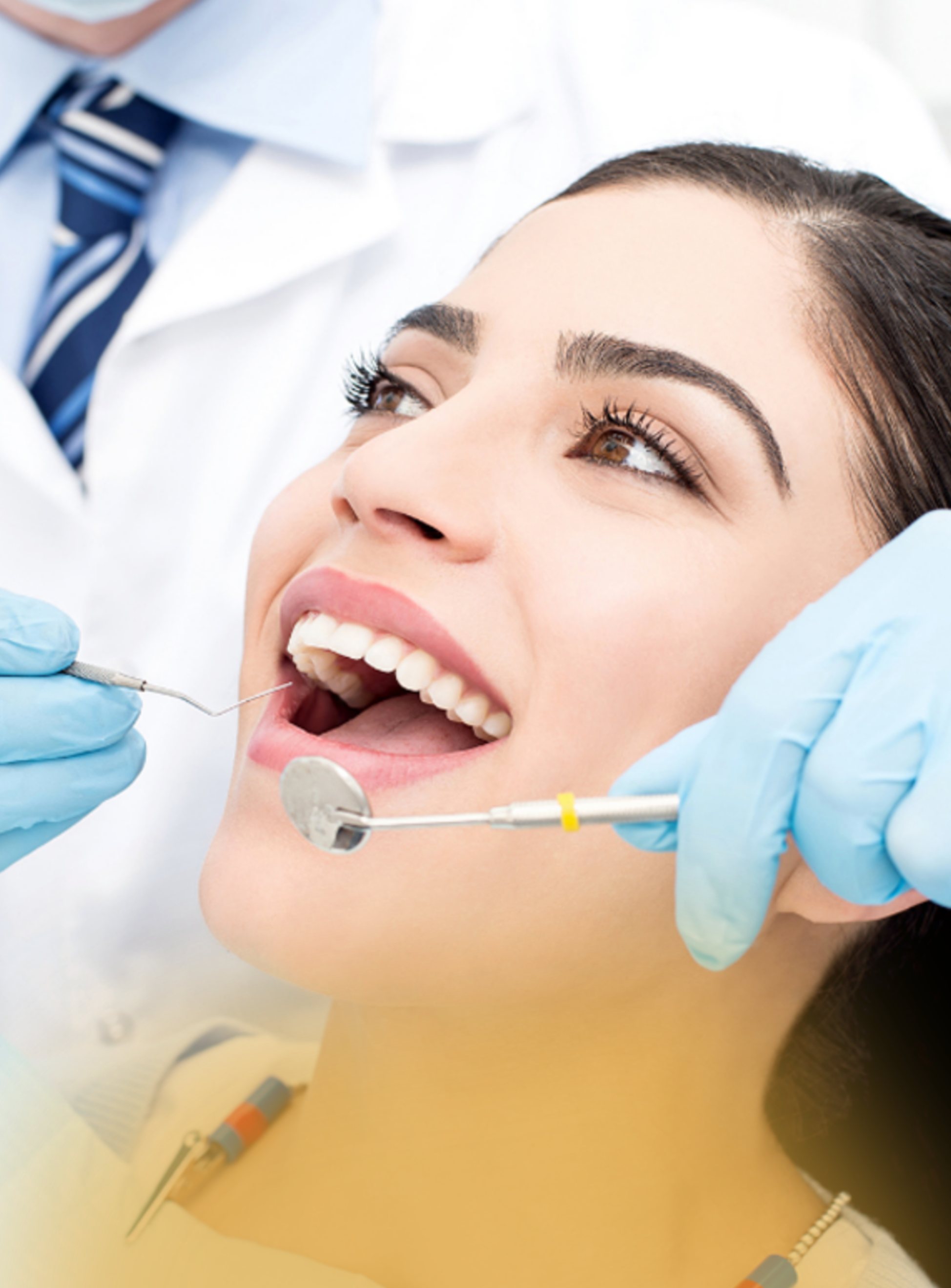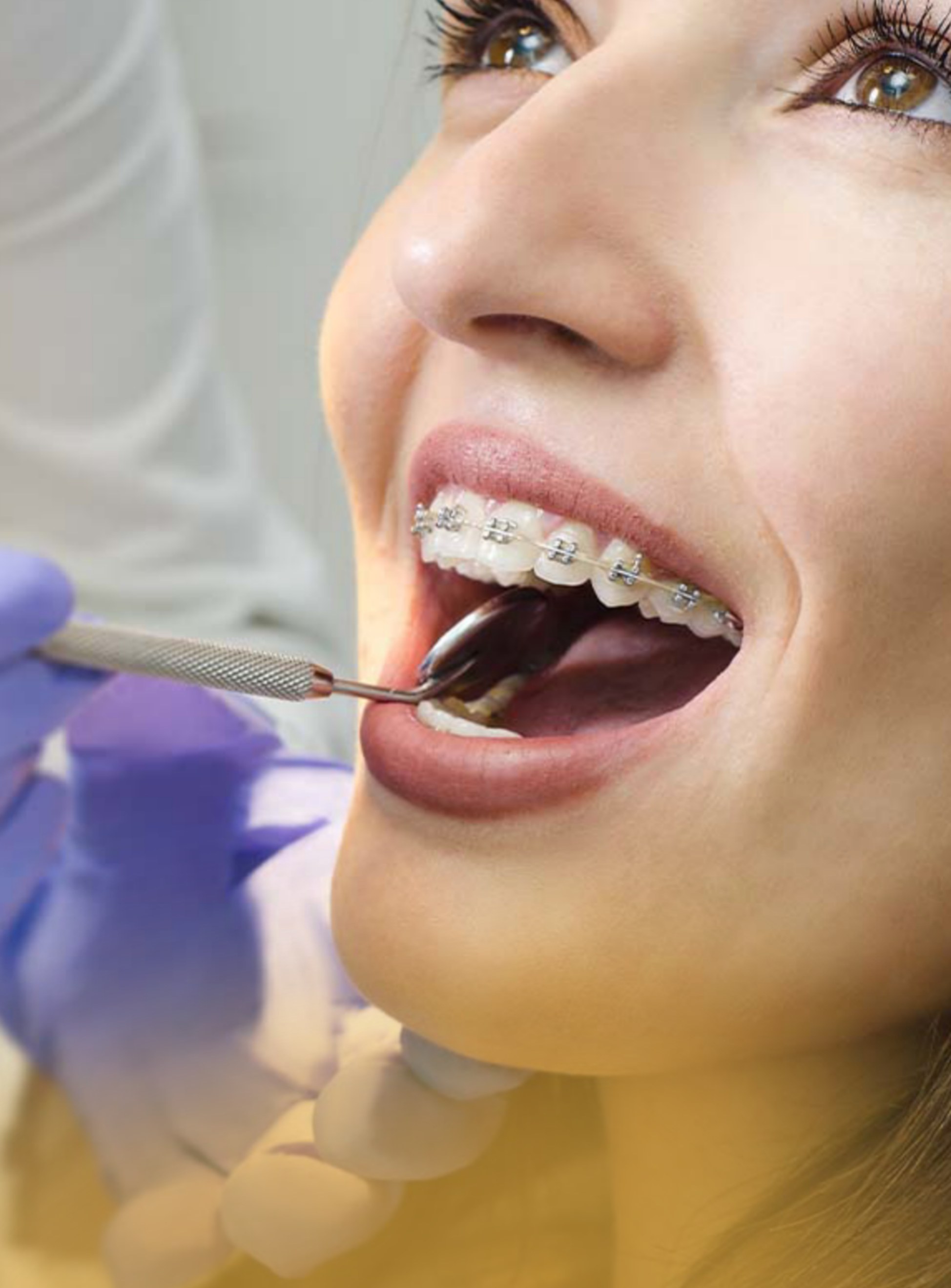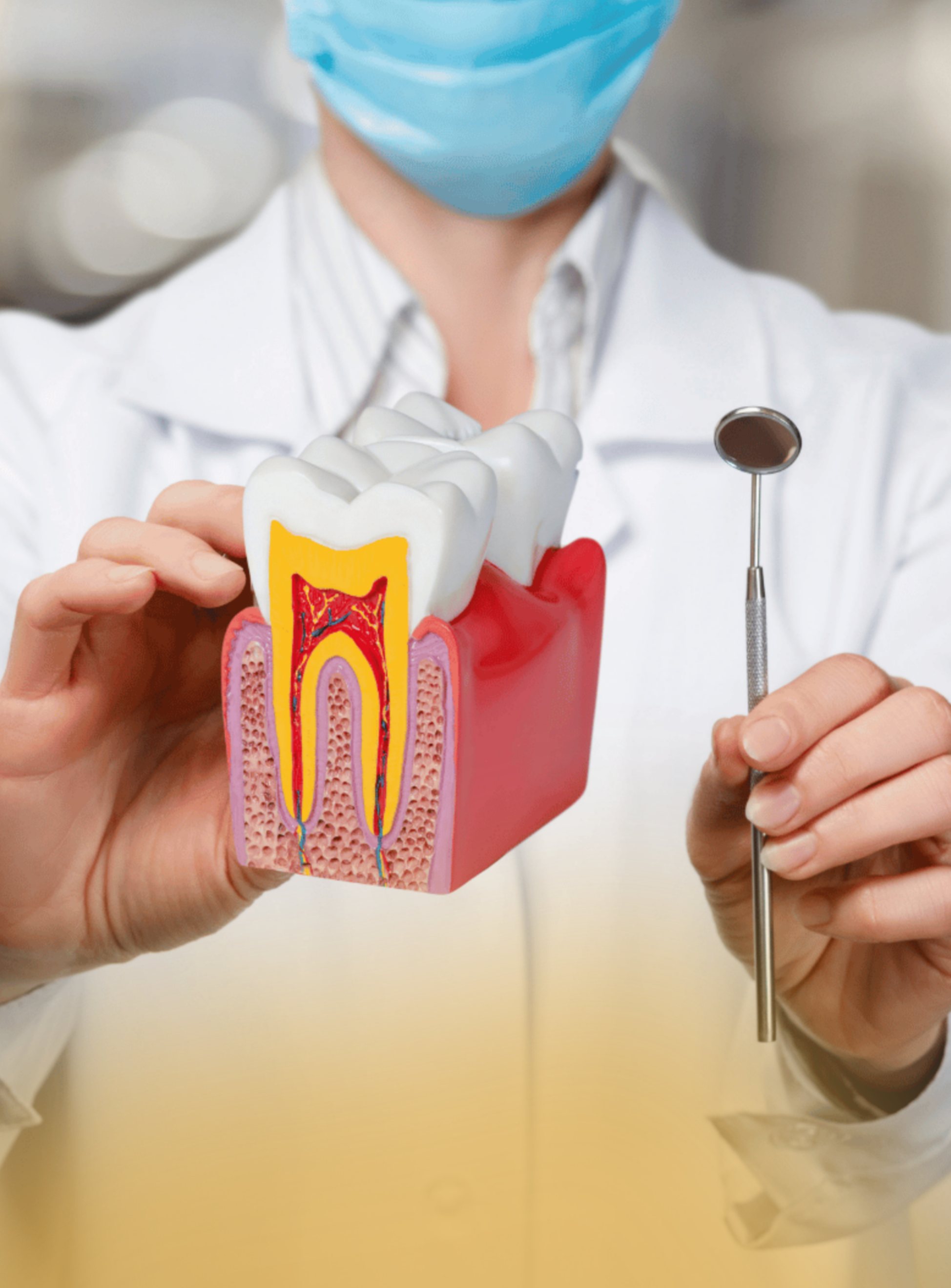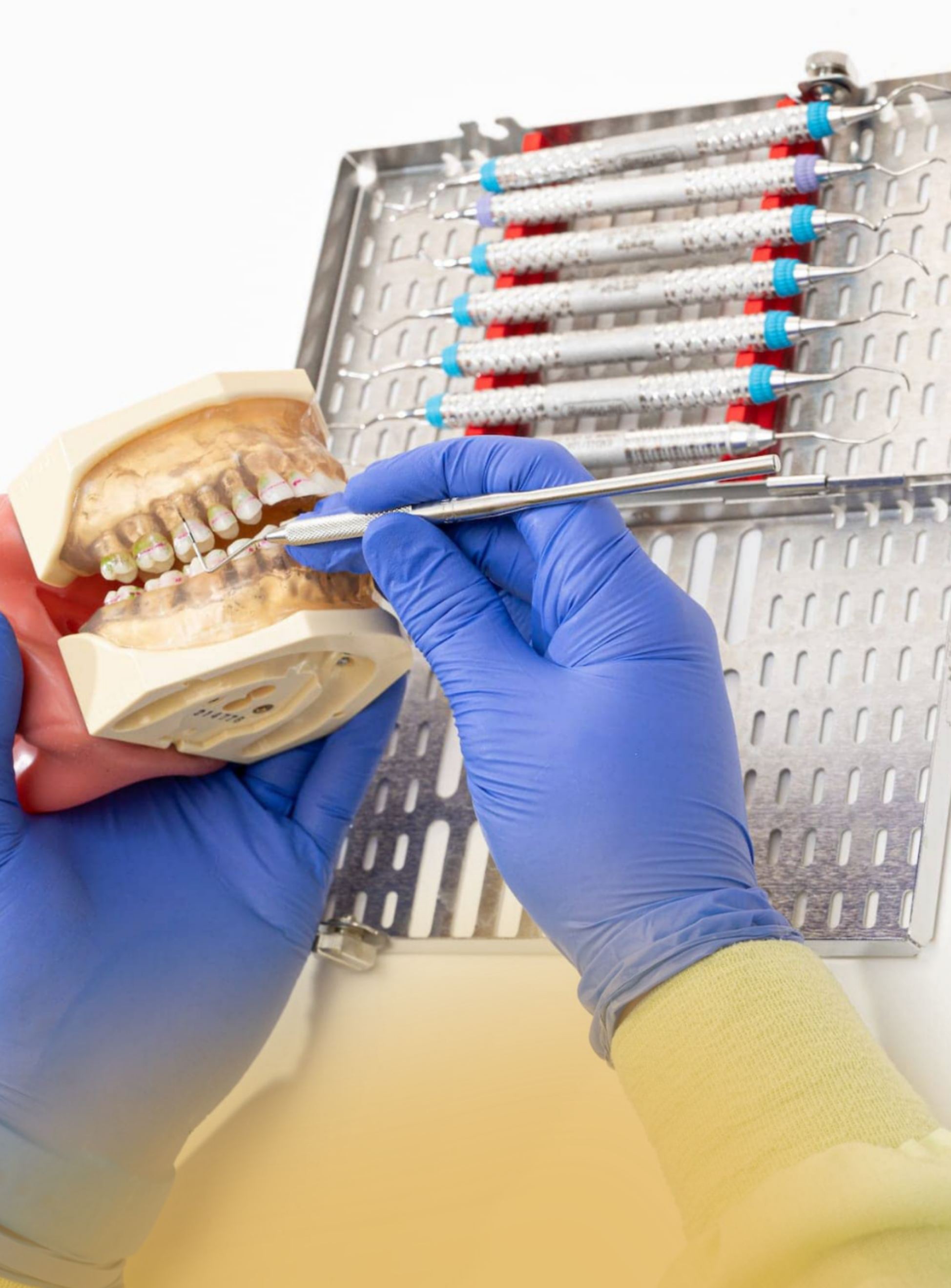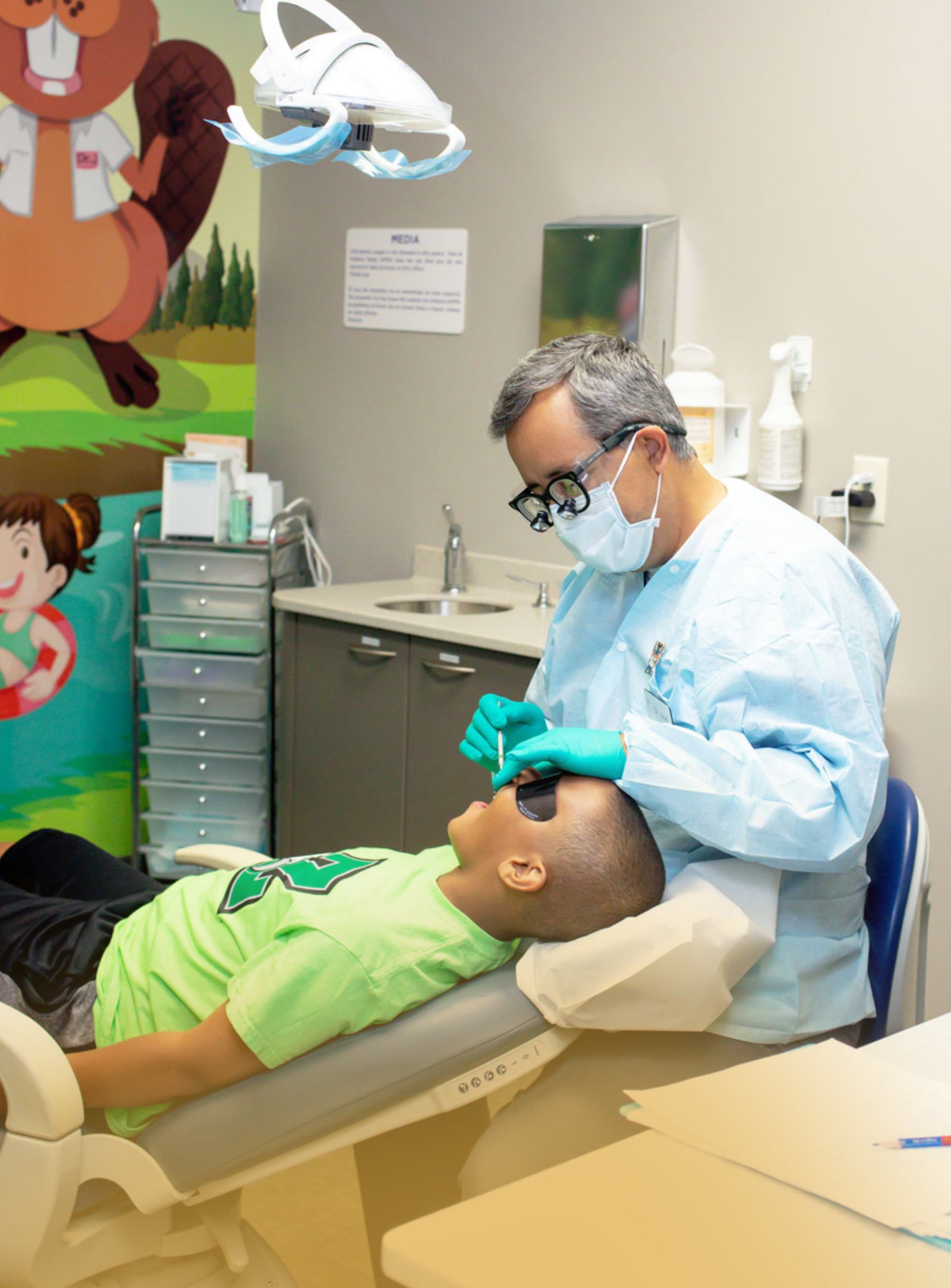Cosmetic Dentistry
1. Teeth Whitening and Teeth bleaching :
Teeth whitening is a popular cosmetic procedure that lightens and brightens discolored or stained teeth. This can be achieved through in-office treatments or take-home kits. Teeth whitening enhances the overall appearance of the smile, providing a more youthful and radiant look.
2. Porcelain Veneers:
Porcelain veneers are thin, custom-made shells that are bonded to the front surface of teeth to improve their appearance. They can address issues such as discoloration, gaps, misalignment, or chipped teeth, creating a natural and aesthetically pleasing smile.
3. Dental Bonding:
Dental bonding involves the application of a tooth-colored resin to repair minor imperfections, such as chips, cracks, or gaps in the teeth. The resin is molded and shaped to achieve the desired result, providing a quick and cost-effective cosmetic enhancement.
4. Smile Makeovers:
Smile makeovers involve a comprehensive approach to improving the overall appearance of the smile. This may include a combination of cosmetic treatments, such as veneers, teeth whitening, and orthodontics, to achieve a harmonious and stunning result.
Cosmetic dentistry focuses on enhancing the aesthetics of the smile, addressing imperfections and boosting self-confidence. These procedures are tailored to individual preferences, and your cosmetic dentist will work with you to create a personalized treatment plan to achieve your desired smile.
FAQ
Healing times vary, but it typically takes a few weeks. Follow post-extraction care instructions provided by your dentist to promote optimal healing.
Stick to soft, cool foods initially, gradually progressing to a normal diet. Avoid hot or spicy foods, and refrain from using a straw, as suction can disrupt the healing process.
Over-the-counter pain relievers and applying an ice pack to the affected area can help alleviate discomfort. Follow your dentist's recommendations for pain management.
Mild oozing is common initially. Bite on a gauze pad provided by your dentist to control bleeding. If bleeding persists, contact your dentist for guidance.
Resume gentle brushing and flossing in the surrounding areas 24 hours after extraction. Be cautious around the extraction site to avoid irritation.
Yes, it's common to feel drowsy or disoriented for a few hours after dental anesthesia. Avoid operating heavy machinery or making important decisions during this time.
Common side effects include temporary numbness, dizziness, or nausea. Serious complications are rare but can include allergic reactions. Inform your dentist of any concerns or unusual reactions
The duration of dental anesthesia varies depending on the type used. Local anesthesia typically lasts a few hours, while general anesthesia can have lingering effects for several hours after the procedure.
Your dentist will provide specific instructions regarding fasting before the procedure. Generally, it's recommended to avoid eating or drinking for a certain period before anesthesia to reduce the risk of complications.
Amalgam fillings are made of a mixture of metals, including mercury, while composite fillings are tooth-colored and composed of a resin material. The choice between them depends on factors like location, size of the cavity, and aesthetic preferences.

